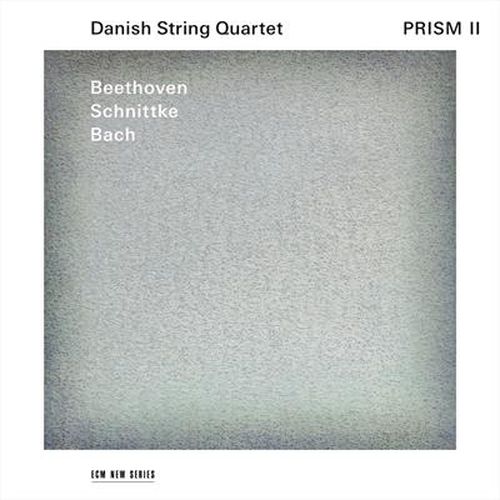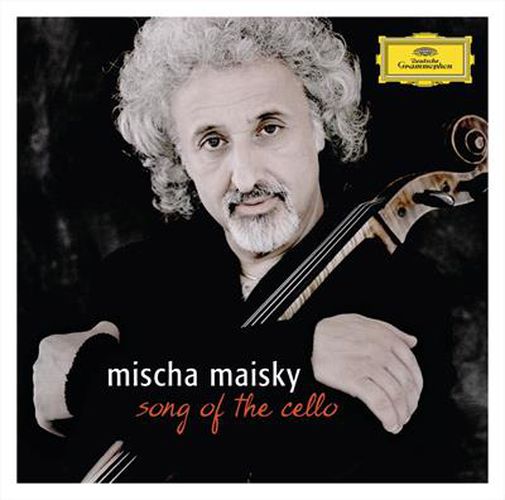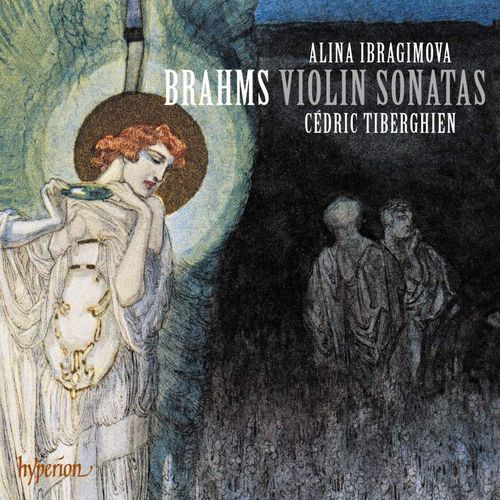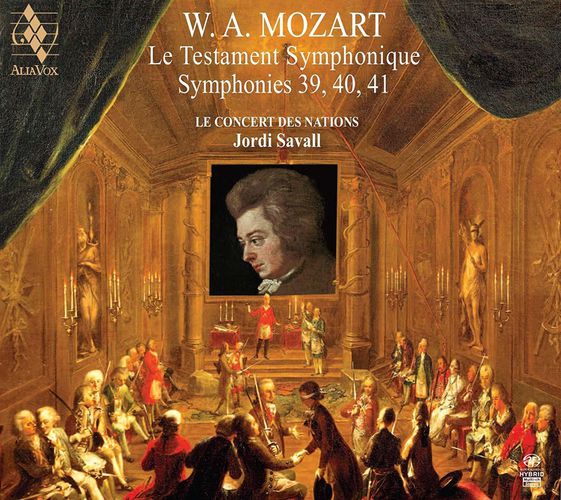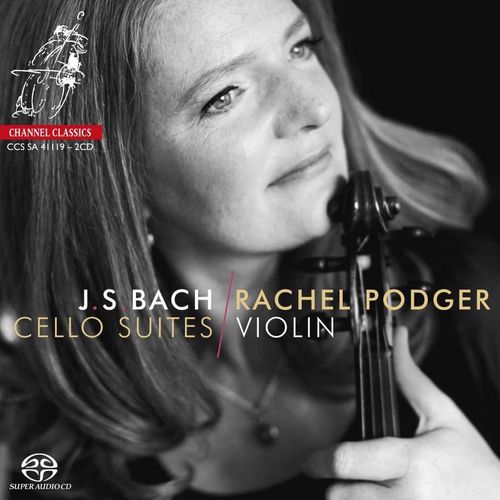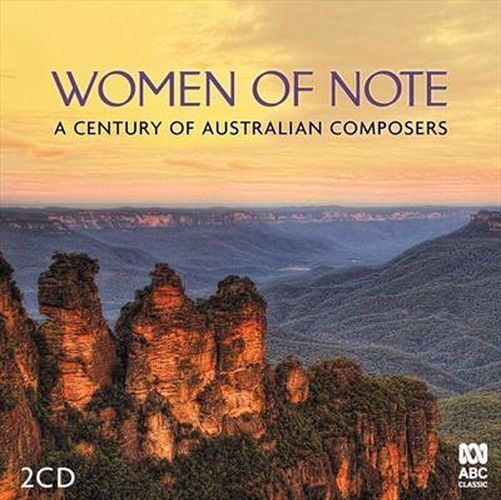Florence Beatrice Price: Symphonies 1 & 4
Fort Smith Symphony,John Jeter

Florence Beatrice Price: Symphonies 1 & 4
Fort Smith Symphony,John Jeter
Florence Price was born in Little Rock, Arkansas and studied at the New England Conservatory, but it was in Chicago that her composing career accelerated. The concert in 1933 at which her Symphony No. 1 in E minor was premiered was the first time a major American orchestra had performed a piece written by an African American woman.
Influenced by Dvorák and Coleridge-Taylor, she drew on the wellspring of Negro spirituals and vernacular dances, full of lyricism and syncopation. The Symphony No. 4 in D minor demonstrates her tight ensemble writing, her distinct sense of orchestral color, her Ellingtonian ‘jungle style’ language and her penchant for the ‘juba’ dance.
Review
Alexandra Mathew
Florence Price, the first African American woman to gain recognition as a symphonic composer, was remarkable. Celebrated contralto Marian Anderson championed and recorded Price’s vocal music, and, in 1932, Price’s Symphony No. 1 in E minor won first prize in a major competition and was given its premiere the following year by the Chicago Symphony Orchestra. Yet, despite her early-twentieth century success and recognition, Price is overlooked in the Western musical canon. According to Alex Ross, much of Price’s music ‘came perilously close to obliteration’ until being mercifully discovered in an abandoned house and subsequently donated to the University of Arkansas. Anna Beer’s fantastic book on female composers, Sounds and Sweet Airs, fails to even mention Price. Is this because we, as consumers of Western classical music, are racist, sexist, or both? As this recent Naxos recording of the first and fourth symphonies attests, her relative obscurity certainly isn’t because of the quality of her music: Price was without doubt an exceptional symphonist.
Symphony No. 1 in E minor is American by way of Bohemia: Price’s primary inspiration was Antonín Dvorák’s Symphony No. 9, From the New World (1893). The influence is obvious, particularly in the principle motif of the first movement: there is a similar lightness, and playfulness and jollity in the syncopated rhythmic patterns. Optimism pervades the entire piece, particularly in the third movement titled ‘Juba Dance’, based on a traditional African-American dance of the same name. Symphony No. 4 is similar in its grand scale, finesse and buoyancy. The players of Fort Smith Symphony, under the baton of John Jeter, prove brilliant exponents of Price’s symphonies. I have no hesitations in recommending this recording, and Florence Price’s music in general: her remarkable compositions deserve to be heard and celebrated.
Alexandra Mathew is from Readings Carlton.
This item is not currently in-stock. It can be ordered online and is expected to ship in approx 4 weeks
Our stock data is updated periodically, and availability may change throughout the day for in-demand items. Please call the relevant shop for the most current stock information. Prices are subject to change without notice.
Sign in or become a Readings Member to add this title to a wishlist.






